-
About
- About Listly
- Community & Support
- Howto
- Chrome Extension
- Bookmarklet
- WordPress Plugin
- Listly Premium
- Privacy
- Terms
- DMCA Copyright
- © 2010-2025 Boomy Labs

 Ronald Konig
Ronald Konig
Listly by Ronald Konig
What are the best ways to brighten your smile? Read on to find out...
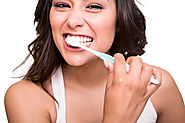
One of the easiest ways to keep your smile stain-free is brushing your teeth. Using a soft-bristled toothbrush, gently clean your teeth after every meal and snack to help prevent discoloration from foods and beverages.
Be sure to wait at least 30-minutes after eating before you brush. This will help prevent the removal of enamel that has been temporarily softened by acids from certain foods.

Some mouthwashes have whitening ingredients that can help remove surface stains that brushing alone cannot. It is important to remember that some of these mouthwashes can cause tooth sensitivity and they may not be ideal for people who struggle with this issue.
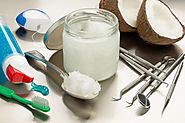
Oil pulling has shown to offer some tooth whitening benefits. This method of tooth whitening involves swishing coconut oil in the oral cavity for 15-20 minutes a day. While time-consuming, many people swear by this ancient Ayurvedic practice and some studies have verified its efficacy as a tooth whitener as well as anti-bacterial and general oral health agent.
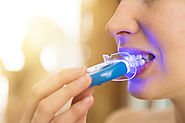
LED tooth whitening is a new option available in stores. These devices use light to activate bleaching gel, which may help hasten results. It should be noted that gum irritation and increased tooth sensitivity have both been reported by users of these at-home teeth whitening systems.
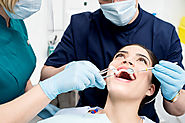
Professional tooth cleanings, which should occur every six months, are incredibly effective at removing surface stains and polishing enamel. Stains that do not respond to brushing and flossing can often be eliminated during your biannual cleanings and examinations.
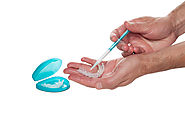
Custom-fit bleaching trays and professional-strength whitening solution are available from your dentist. These take-home kits are crafted to fit snugly to your teeth, helping to ensure even distribution of the bleaching solution. Personalized application trays also help reduce the risk of leakage, which is a primary cause of tooth sensitivity and gum irritation, making them much more comfortable and effective than store-bought alternatives.

In-office tooth whitening is both fast and effective. Often able to lighten teeth up to 10 shades in about an hour, professional teeth whitening can also remove deep-set stains to reveal a much brighter and more attractive smile. What's more, performed by a dentist, this treatment is less likely to result in discomforts like sensitive teeth and oral tissue irritation.

Stains below the enamel, such as those caused by tetracycline or fluorosis, may not respond to topical bleaching solutions. Deeper and more pronounced discoloration may be best addressed with porcelain veneers. Veneers are placed over stained teeth to restore luster and shine, and to reduce visible cosmetic flaws like chips, cracks, and irregularities.

Dental bonding may also help cover deeper stains and more pronounced discoloration. Less expensive than veneers, bonding is a suitable solution for a number of cosmetic imperfections, though it may not last as long as some other cosmetic services.

Of course, prevention is the most effective way to keep your teeth white. This includes eating a healthy diet complete with fresh fruits and vegetables, reducing your intake of coffee and tea, eliminating sodas and sports drinks, limiting sugar intake, and brushing and flossing regularly. These steps can help reduce your need for professional services and lead to greater oral and systemic health.
